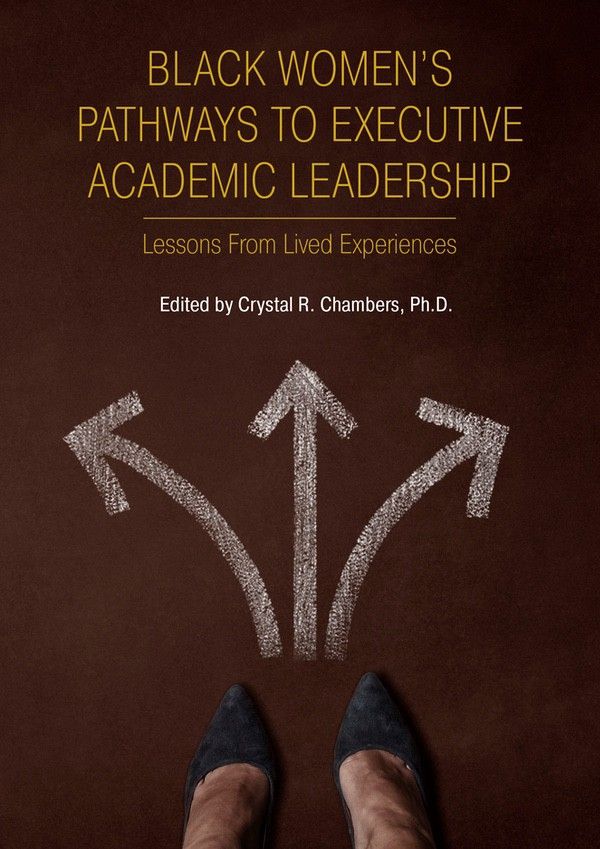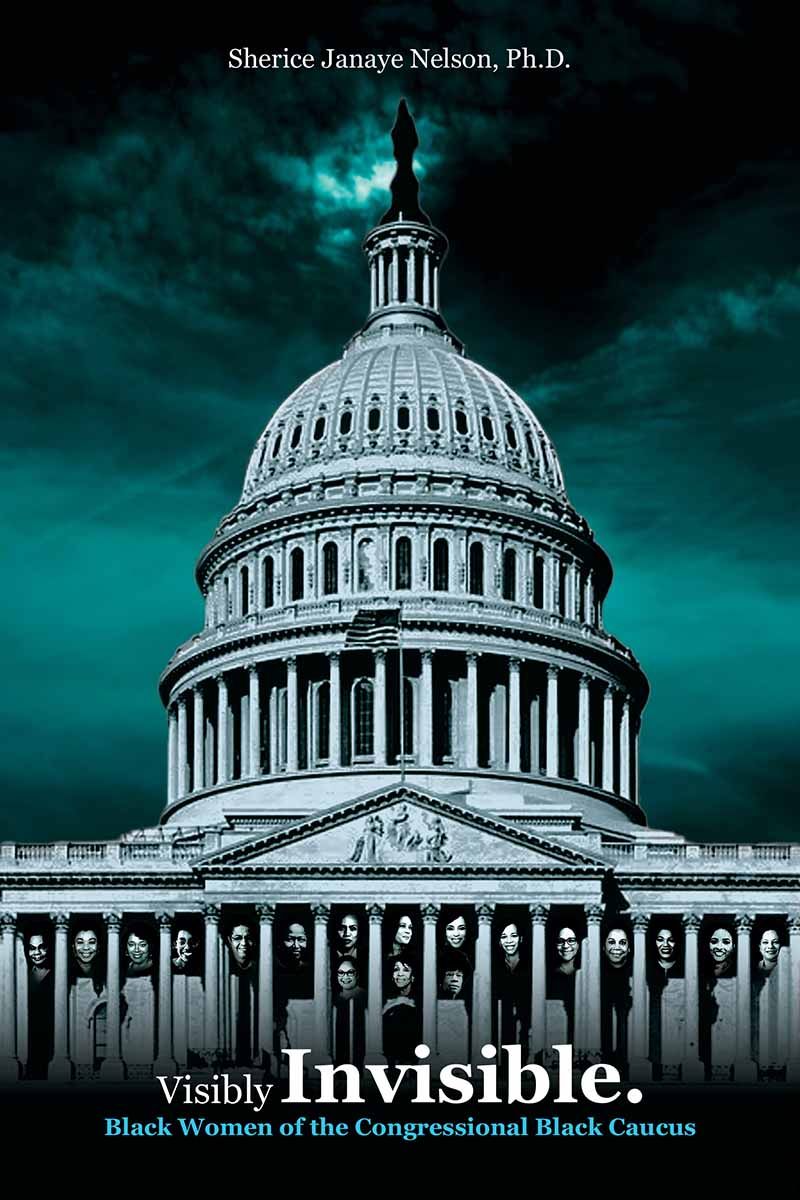Contributing Author/s

Ayo Sekai, Ph.D.
The Targeted Economic Displacement of Black Women in the Labor Market
The Targeted Economic Displacement of Black Women in the Labor Market
According to a recent report by Essence, between February and July of this year, Black women lost 319,000 jobs, a staggering and telling statistic that sets them apart as the only major female demographic to experience such disproportionate decline. During the same period, white women, Hispanic women, and white men gained massive employment growth. These numbers are disparaging, and heart-wrenching data is a telling indicator of how Black women’s indispensable labor is systematically undervalued and destabilized, and represent livelihoods disrupted, communities destabilized, and a clear warning about the structural vulnerabilities Black women continue to face in the U.S. economy.
Easy criticisms of this article could be that I am biased based on my personal autobiographical and anthropological lens, and that by addressing this downturn, I am being or may appear to be cyclical. That this is merely part of a broader fluctuation in the labor market. But the racialized gendered pattern of the loss requires us to look deeper and ask more thoughtful questions, such as:
Why are Black women uniquely and consistently vulnerable in moments of economic contraction?
What institutional structures make them the first to lose employment and often the last to regain it?
It is difficult to fathom that this is not systematic, based on several historical and political theories.
Neither unusual nor shocking, Black women have occupied a paradoxical role in the U.S. workforce. We are admired for our endless work ethic and self-sacrifice for the benefit of our employers, yet, as essential as we are, we are also expendable. Historically, Black women have filled roles in various industries, including domestic labor and caregiving, as well as education, healthcare, and public service. Black women’s labor has been both a cornerstone of our community’s survival and a sector often undervalued, under protected, and treated those who fill them, treated as unworthy. This recent gutting of the federal government, combined with the raging job losses in the higher education sector, as found in the original research of Dr. Crystal Chambers, in her title, Black Women’s Pathways to Executive Academic Leadership: Lessons from Lived Experiences, reveals not only sector-specific vulnerabilities but also a systemic hierarchy of displacement in the labor market.
The erasure is twofold. First, there is an economic erasure where the professional contributions, ambition, and scholarship of Black women are undermined, leading to instability in employment, particularly in public-facing roles subject to funding cuts and the pendulum swing of politics. Second, there is a narrative erasure, where these job losses are rarely reported with any sense of urgency and the rhetoric falls back to media stereotypes against Black women and Black people in general of being lazy, despite the statistics touted as political talking points on one hand, and a narrative distortion that undermines the truth of Black women’s essential contributions. With this type of see-saw visibility, these losses become normalized as the people are dehumanized and folded into the broader narrative of “economic adjustment.”
Quietly, we witness the assault on faculty and higher education scholars. Yet, we rely on scholars of race, gender, and labor to interrogate these statistics and urgently theorize them from a more factual and authentic lens.
Black women remain underrepresented in senior administrative and executive positions, despite the brilliance of their scholarly contributions and leadership. If employment opportunities continue to shrink in other sectors, can the academy afford to replicate patterns of exclusion? Will filling the job market with adjunct positions and destroying the fundamental context of rigor built around tenured professors who have proven and earned their honorifics be enough? There has always been a need for pathways that benefit all industries and all people. However, for all people, doors have always been wide open, whereas for Black women, they are often doors wide shut. Black women not only thrive in academic leadership, but their self-sacrifice and overachievement can be a benefit if opportunities and balance are built into the pathways that safeguard their labor and intellectual contributions as essential to the future of our institutions.
The loss of 319,000 jobs is and should be lauded on as a national crisis. It is evidence of the ongoing racialized and gendered precarity of Black women in the U.S. economy. Instead of ignoring it, the numbers are a bullhorn announcement that requires our attention. It is time to not give a handout, as that has never been the case for this hard-working group. It is time to put Black women’s experiences side by side, match for match, with those of every other group in our scholarship, advocacy, and policymaking, because these numbers reveal how economic policy, corporate restructuring, and institutional downsizing are never neutral. They operate within hierarchies of race, gender, and class. Just as the legislative, executive, and judicial branches of government were intended to separate power, policymakers and institutions of higher education are inherently meant to be distinct entities, ensuring no conflict of interest. Sadly, there is no one to call, as a powerful nation chooses to launch an assault on Black women, even though the data signals that the consequences would be to destroy the economy. Protecting Black women’s access to stable, dignified employment is not simply a matter of equity, it is not just foundational to the integrity of the labor market, it’s common sense.
The numbers are clear. The question is, will the response be the same.
As insanity is defined…
Disclaimer:
Article Tags
Related Title/s
Contributing Author/s


